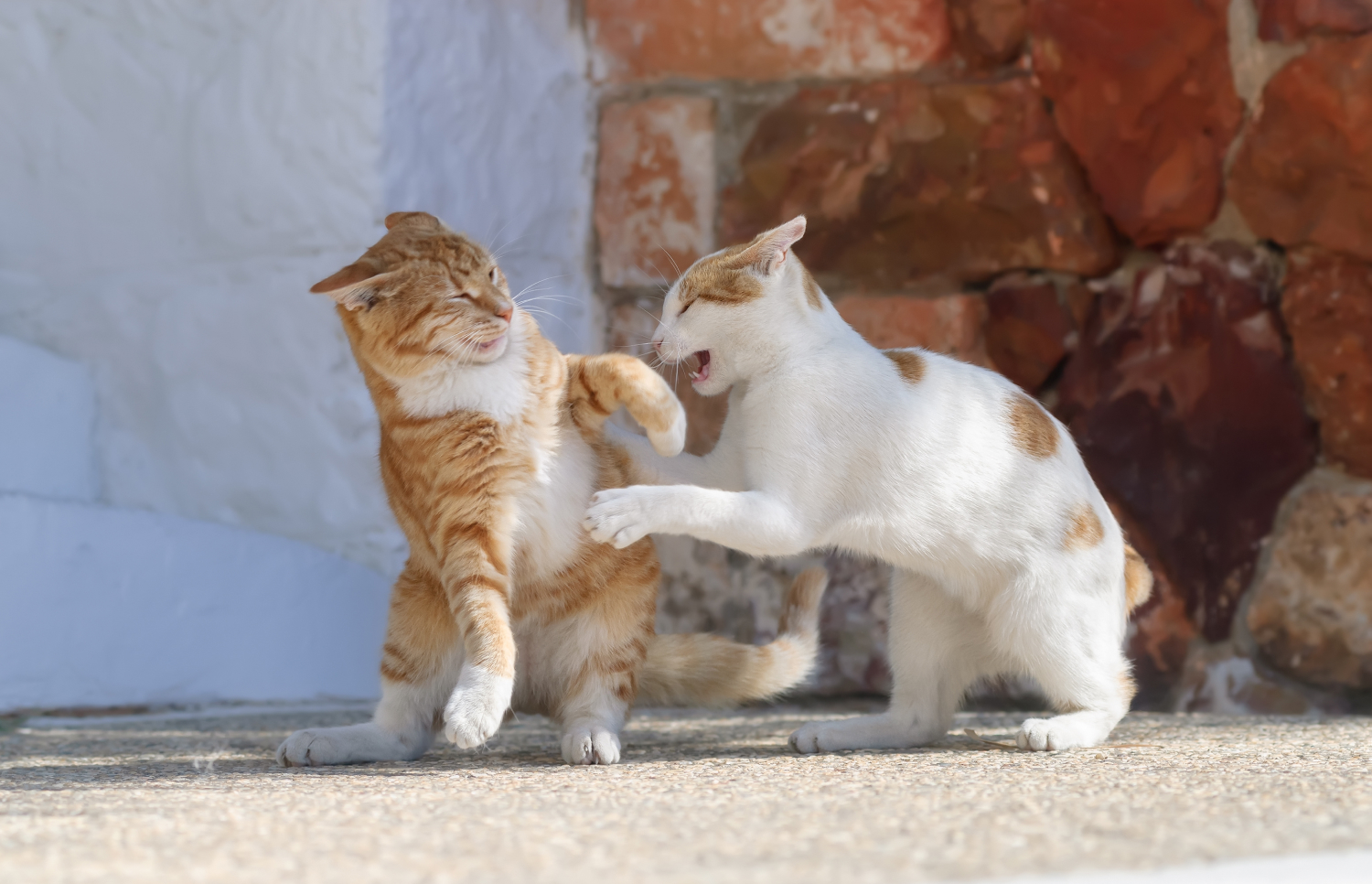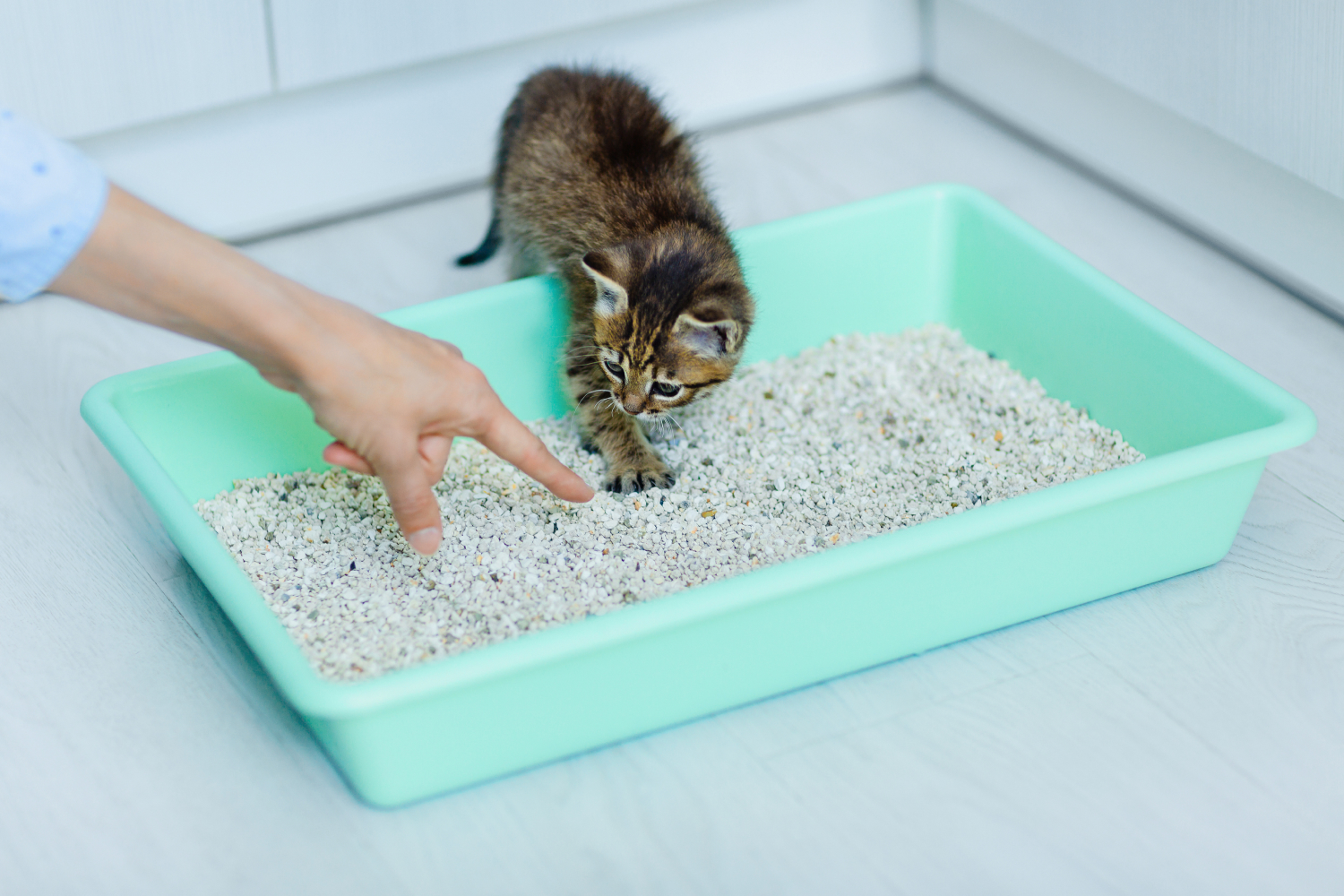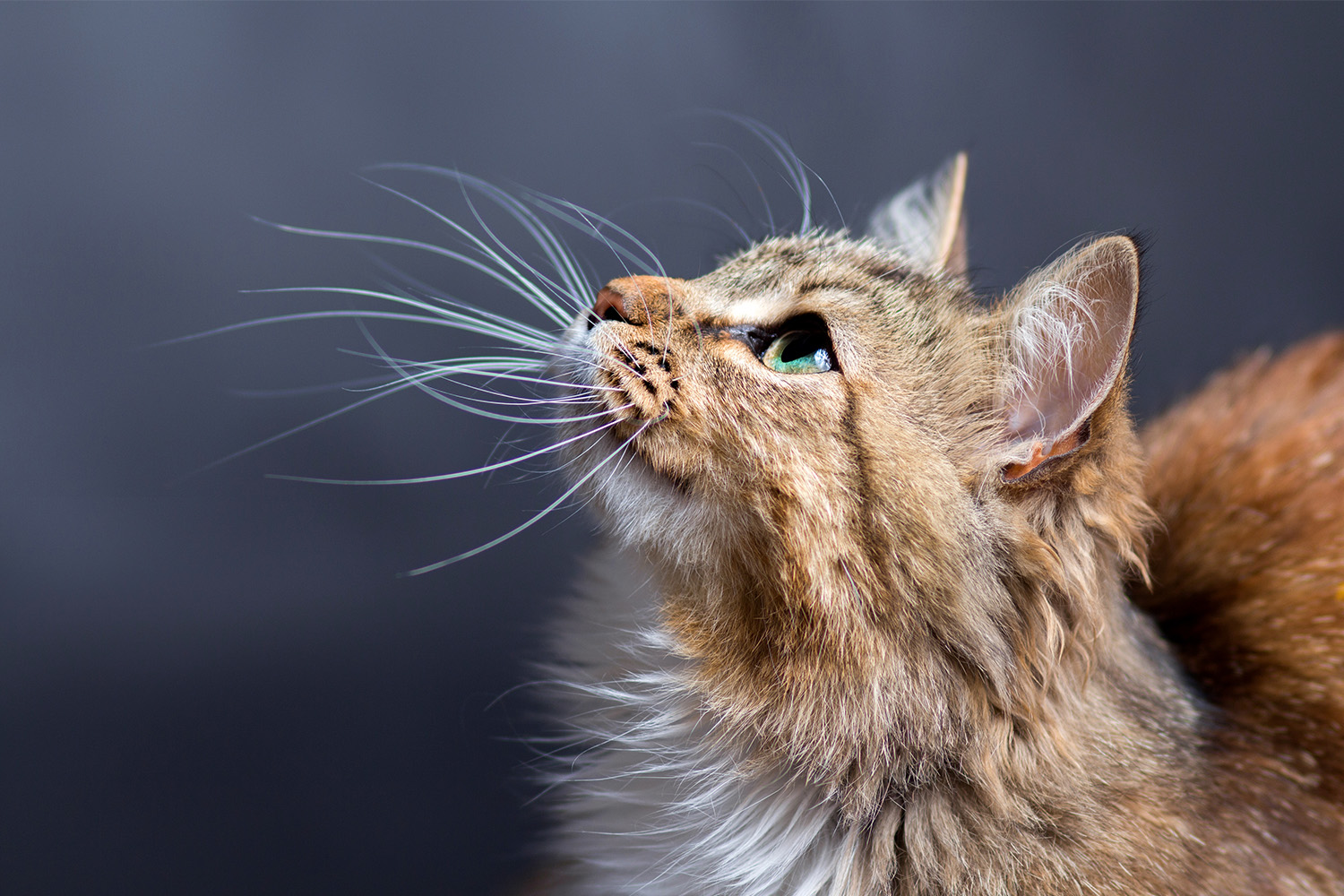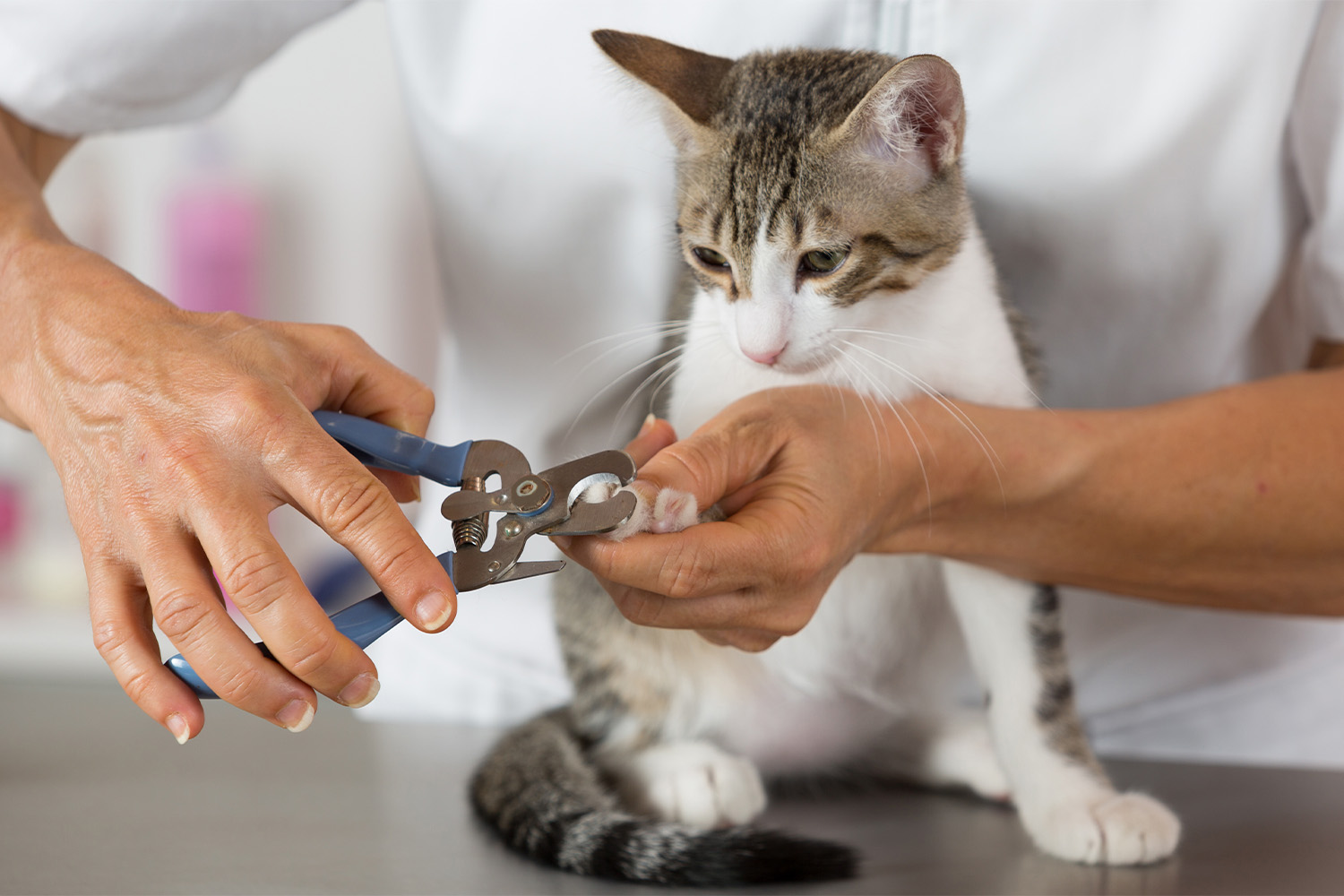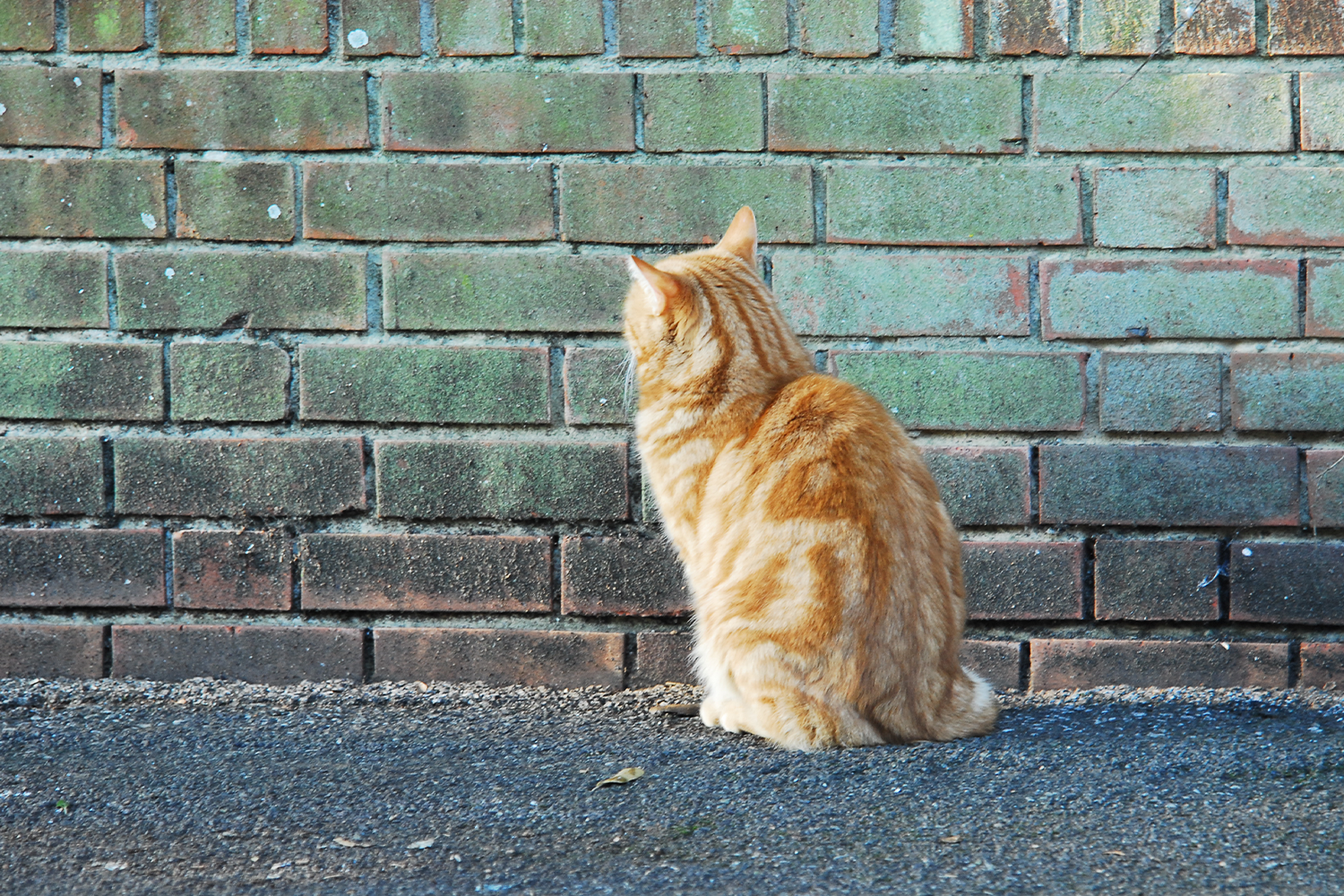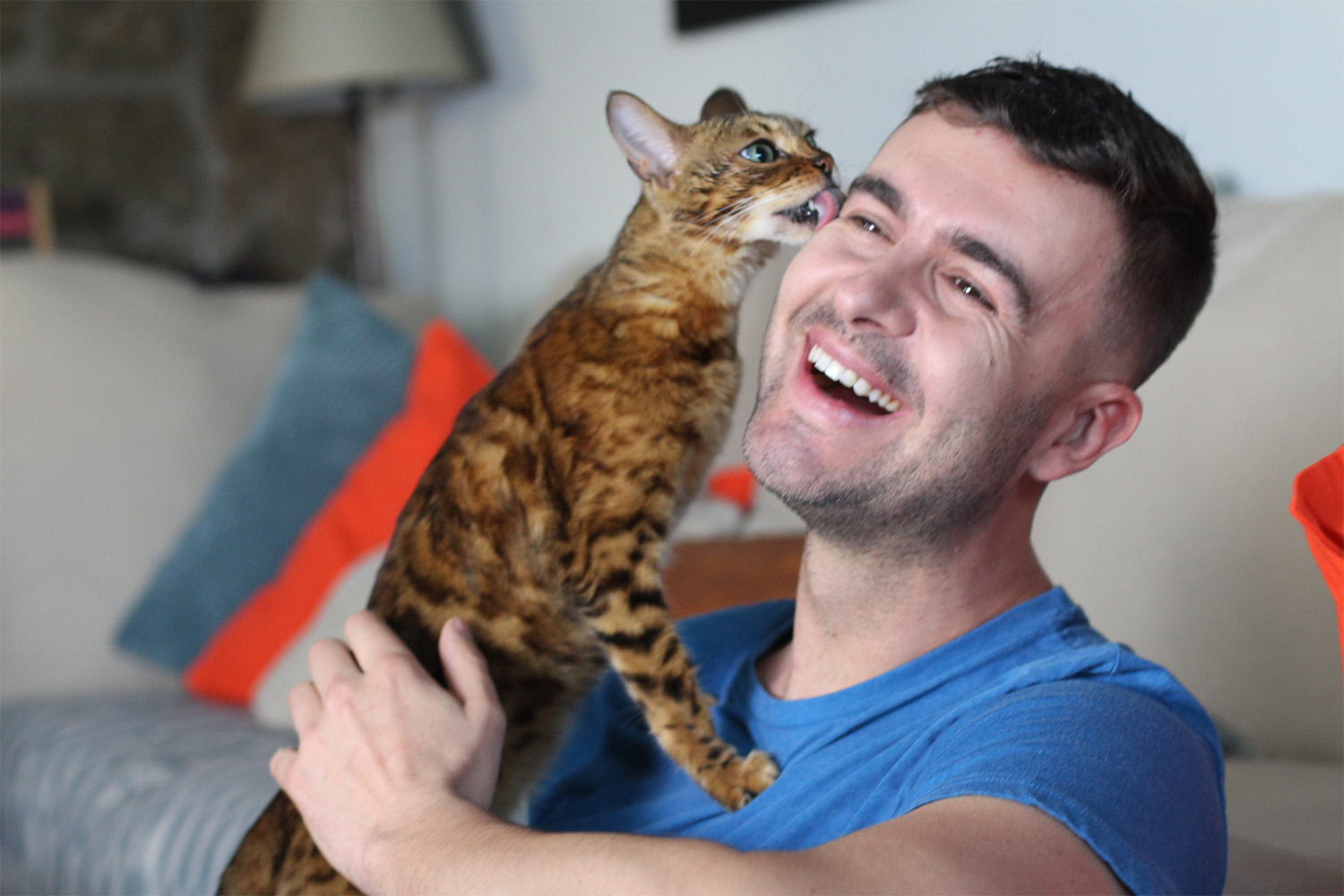Sometimes determining if your cats are playing or fighting is not as easy as you’d think. You notice that they are getting a bit rough, and you aren’t sure if both of them are now playing the same game. Knowing your cats’ body language and how they get along can help you come to a pretty safe conclusion on what is going on, but it can take time to learn these things.
Especially if one or both cats are new to your house, you might be wondering if they’re truly getting along. Luckily, there are signs that your cats will give you to alert you and the other cat about how they feel about the situation. By understanding these signs, you can avoid further confrontation and keep both of your cats safe.
Keep reading to learn more about the difference between playing and fighting.
Watch Their Body Language
A cat’s body language will tell you everything you need to know about how they are feeling. Some people argue that trying to pick up on a cat’s feelings is more difficult than a dog’s, but cats can be very straightforward in displaying their emotions. This is what can help you to figure out if they’re still playing or if it’s shifted into a fight. You can better determine when your cats feel anxious if you understand their body language.
Cats playing can seem like they are fighting if you just look at how they are interacting with each other. There can be some biting, swatting, and tumbling around the house. However, cats that are play fighting will appear much more relaxed. They won’t be defending themselves in the same way as if they were fighting.
Play fighting is much more back-and-forth with breaks and relaxed breathing. The tension simply isn’t there when your cats are fighting, even if you are wondering if it is. The cats’ body language will also change as soon as it shifts into a real fight. You’ll notice they may make sounds that make it seem like your precious angel is trying to appear larger or intimidating.
Know How They Interact Normally
An easy way to better understand the difference between fighting and playing is by knowing what a normal interaction between your cats looks like. When first bringing a kitten or two home, you can’t always predict how they are going to get along. Take some time to figure out each cat’s behaviors and quirks to determine when they are enjoying themselves and showing signs of defensiveness or aggression.
Over time you will feel like you understand your cat by simply observing him for a couple of seconds. As your cats develop their own relationship, you will pick up on what is normal behavior and interactions between them. When things are off and your cats are stressed, you’ll know.
Signs Your Cats Are Playing
There are some signs that your cats will give to each other to show that they are playing. Fair play with a relaxed air is a marker of playtime. It helps each cat know what is acceptable to the other and what is crossing a boundary. As soon as a boundary has been crossed, your other cat’s behavior will shift and no longer display the same level of calmness.
The following signs are good when your two cats are going at it. Always monitor your cats’ interactions when you’re able to ensure they are getting along. Be sure to do this before ever allowing your cats to be alone for extended periods of time.
1. They’re Being Quiet
When cats play, they are generally quiet. You won’t hear so much as a peep unless one of your cats gets hurt or annoyed. They will chase each other all over the house, tackling one another and causing a ruckus, all while being virtually silent. You may hear the noise from their feet jumping around (or from the potted plant being knocked off the shelf!), but you won’t hear any vocalization.
Even as your cats bite at each other, they will remain very quiet. This indicates that they are picking up on each other’s signals and are getting along. Of course, if they’re too quiet, you might want to check on what those two little sneaks are up to …
2. They’re Taking Turns
Playing is also indicated by whether or not your cats are taking turns. Cats that are playing will usually launch an attack and then permit their playmate to attack back. They typically don’t “go at it” at the same time and allow each other to breathe and settle down.
This goes back to understanding each other’s signals. When cats take turns, they can gauge how their feline friend feels about the ongoing level of play. It’s a way for them to communicate their boundaries.
Sometimes cats will even groom each other in between play-fights which may seem odd, but it’s a true symbol of affection. You’ll see them licking each other one moment, then bouncing and rolling around the next.
3. They’re Gentle
Cats learn how to play as kittens with their littermates. During this time, they learn about body language and what’s considered too aggressive. In other words, they learn how to be gentle when they want to be. When they want to play, they know they have to be gentle or else it may not be reciprocated.
During playing sessions, your cat will have their claws retracted so that they do not hurt each other and will not bite down on each other. This kind of play is adorable and reminiscent of kittenhood, so it’s really just your cat showing off their youthful side.
4. They Relax Easily
Playing is also characterized by your cats’ ability to relax and calm down after going at it. If your cat is capable of stopping rather easily and settling down, this is a sign that they were simply playing. Your cat should not be out of breath or hissing after the play has stopped. Otherwise, this could be a sign that there is more to the situation.
Signs Your Cats Are Fighting
When your cats are fighting, the easiest way to be sure of it is to look at how their body language has changed. Some of the following changes are indicators that they are no longer enjoying the interaction.
5. Their Posture Is Tense
If your cats’ postures start to shift and tense up, they may be trying to signal that they are done with the interaction. If they puff up their fur, arch their back, stare deeply at each other, or begin to lean away from each other while hissing, they are not comfortable. They will also flatten their ears back and swish their tails back and forth as a warning.
They’re telling each other to back off and trying to make themselves bigger than their opponent. Try to diffuse the situation and separate the cats so they can calm down.
6. They’re Very Loud
Cats that are fighting will become loud. As soon as you hear your cats begin to hiss and growl at each other, sometimes even screaming, this is not a good sign.
Either one or both of the cats has entered into a defensive mode that could lead to aggression. They are still sizing each other up and using their voices as a way to appear larger and warn the other cat that they mean business.
7. They’re Swatting at Each Other
While cats may swat at each other from time to time, if both are doing so in a flailing and wild manner, it’s likely because they’re fighting. Swatting at each other in a flurry of paws and legs is aggressive behavior and should not be allowed. If your cats get into this kind of situation with each other, you need to separate them and consider chatting with an animal behaviorist.

How To Make Things Better
Sometimes your cats need more time to adjust to each other and don’t want to be thrown into a situation of cohabitation just yet. You may need to give them more time and not force anything. Sometimes, speaking with Certified Pet Coaches from AskVet can help bring some calmness into your home.
When you sign-up with AskVet and chat with our Coaches, you can get advice on how to reintroduce your cats and ways to make them both comfortable. Whenever you have a question or concern come up, you can hop onto our vet chat and talk with a professional right away. Using AskVet can help ease your worries and keep the peace at home for years to come.
Sources:

